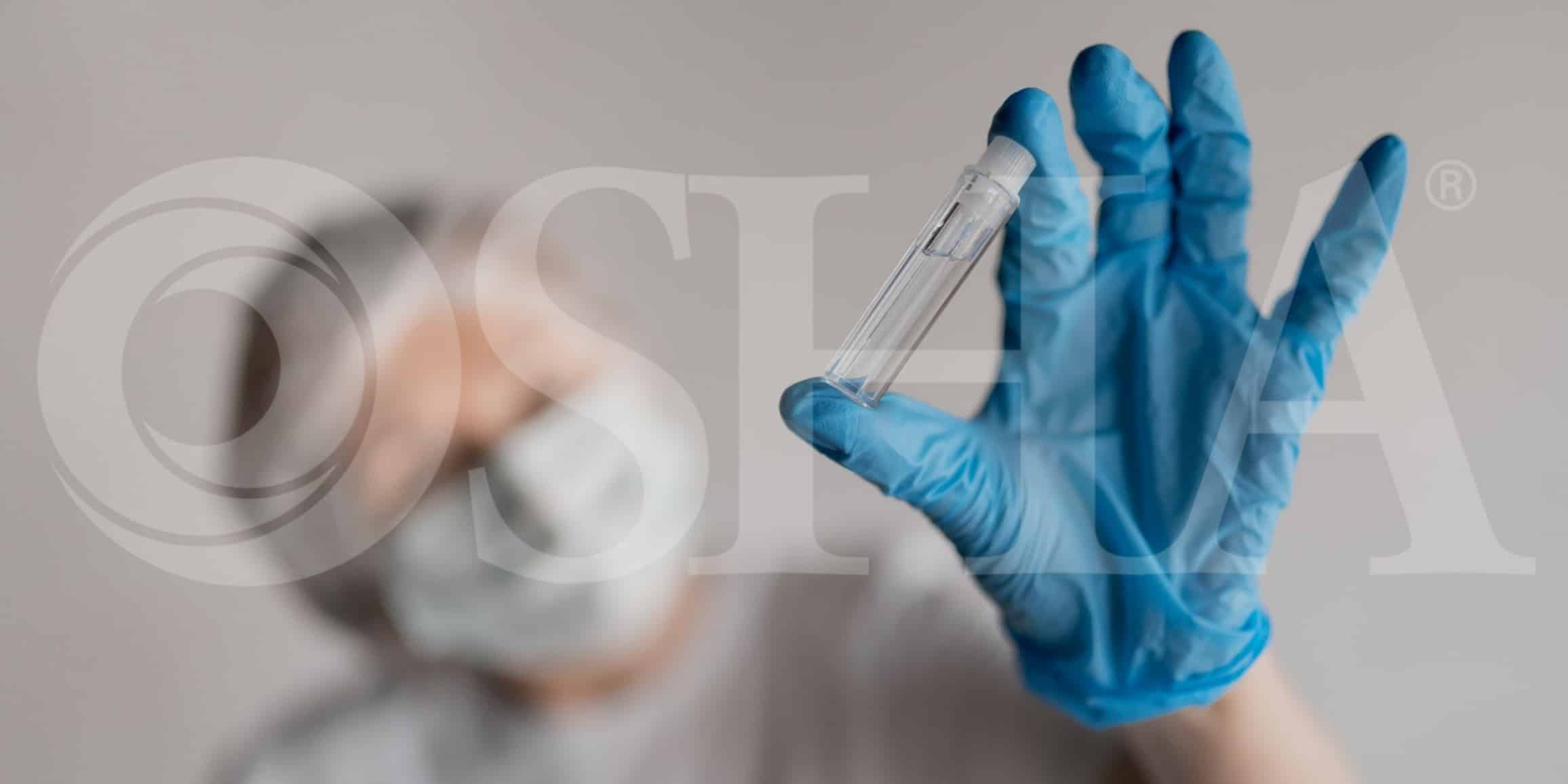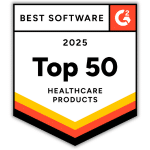OSHA Healthcare: What Are OSHA Guidelines for Medical Offices?
OSHA guidelines for medical offices instruct employers on preventing or mitigating safety and health hazards to which healthcare workers may be exposed. Healthcare workers face a number of serious safety and health hazards. These include potential chemical exposures and biological hazards. The subjects of OSHA healthcare worker safety and OSHA medical safety are discussed below.
OSHA Healthcare Guidelines for Medical Offices: Chemical Exposures
Healthcare workers in a variety of settings face routine exposure to certain hazardous chemicals. These chemicals include formaldehyde (used to preserve specimens for pathology and research) and ethylene oxide (a pharmaceutical component used in chemicals used to sterilize surgical equipment). Healthcare workers are also potentially exposed to glutaraldehyde, a disinfectant. OSHA healthcare safety regulations can be found in the Toxic and Hazardous Substances section of the OSHA Occupational Safety and Health Standards.
The Toxic and Hazardous substances regulations further the goal of OSHA medical safety by requiring specific preventive measures to be taken to protect workers. Take, for example, the formaldehyde regulation. This OSHA healthcare safety regulation requires employers to reduce the airborne concentration of formaldehyde below a specific level, and requires employers to monitor employees for formaldehyde exposure. This OSHA healthcare worker safety standard also obligates employers to place warning signs in areas with high formaldehyde concentration, and requires healthcare employers to provide appropriate respiratory protection to workers exposed to formaldehyde.
The standard also requires employers to train employees on formaldehyde’s hazardous properties and maintain records of employee exposure to formaldehyde. The standard also requires employers to observe a series of housekeeping measures. Under the formaldehyde OSHA guidelines for medical offices, healthcare employers must conduct a program to detect formaldehyde leaks and spills, including regular visual inspections.
OSHA also regulates the use of ethylene oxide and glutaraldehyde. The Ethylene Oxide standard regulates employers to take measures to limit workplace ethylene oxide exposure found in pharmaceuticals and sterilizing agents. Ethylene oxide exposure can cause difficulty breathing, blurred vision, convulsions, and nerve damage.
Glutaraldehyde is a chemical used in disinfectants, medications, and preservatives. As a disinfectant, this chemical is used to sterilize surgical instruments and other areas of hospitals. Exposure to glutaraldehyde may cause throat and lung irritation, asthma and difficulty breathing, dermatitis, nasal irritation, sneezing, wheezing, burning eyes, and conjunctivitis. Workers can be exposed to glutaraldehyde through inhalation or skin contact. The level of exposure depends upon the dose, duration, and work being done. OSHA medical and OSHA healthcare guidelines for medical offices contain best glutaraldehyde exposure and control practices.
OSHA Healthcare Guidelines for Medical Offices: Biological Hazards
Workers in hospital settings may be exposed to various common infectious disease hazards. Examples of infectious disease hazards include COVID-19, seasonal and pandemic influenza, norovirus, Ebola, Middle East Respiratory Syndrome (MERS), tuberculosis, and Methicillin-resistant Staphylococcus Aureus (MRSA). OSHA healthcare worker safety and OSHA medical safety regulations require healthcare employers to adopt a series of infection control measures.
One such measure is the requirement to develop a bloodborne pathogens exposure control plan. This plan is required under OSHA’s bloodborne pathogens standard. OSHA healthcare worker safety and OSHA medical safety cannot exist without an effective bloodborne pathogens exposure control plan. Failure to develop such a plan constitutes an OSHA violation.
OSHA guidelines for medical offices require employers to develop a bloodborne pathogens exposure control plan that contains a series of measures to protect OSHA healthcare worker safety.
These measures include:
- Work practice controls, such as having employees work in shifts to minimize exposure to bloodborne pathogens
- Engineering controls, such as ventilation.
- Universal Precautions such as wearing of appropriate personal protective equipment
- Hand hygiene measures that establish appropriate hand washing rules. Employers must provide handwashing facilities which are readily accessible to employees.
OSHA Healthcare Guidelines for Medical Offices: Other Dangers Lurk
OSHA guidelines for medical offices, OSHA healthcare worker safety, and OSHA medical safety, do not end with complying with the Bloodborne Pathogens and Toxic and Hazardous Substances standards. Other standards play an equally important role in ensuring OSHA medical worker safety and in OSHA healthcare worker safety.
One standard of significant importance to dentists and lab workers in particular is OSHA’s Ionizing Radiation Standard. Ionizing radiation is a type of energy released by atoms. This radiation can be found in natural sources, such as soil, water, and vegetation, as well as in man-made sources, such as x-rays and medical devices. The Ionizing Radiation Standard requires employers to take a series of measures to properly use and contain ionizing radiation. If ionizing radiation is not properly controlled, adverse health effects such as skin burns or even acute radiation syndrome may result.
Finally, OSHA’s Electrical Safety Standard applies to all medical offices. Employers must minimize electrical hazard exposure in medical offices by ensuring electrical equipment is kept in good condition; and by implementing lockout and tagout measures. “Lockout and tagout” (LOTO) is a safety procedure that protects OSHA medical safety and OSHA healthcare worker safety. Following lockout and tagout procedures ensures that dangerous machines are properly shut off and not able to be started up again prior to the completion of maintenance or repair work.








